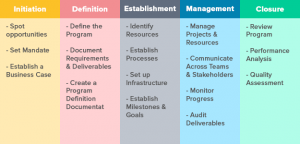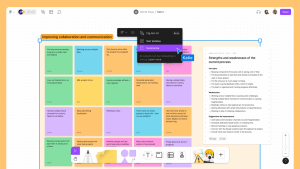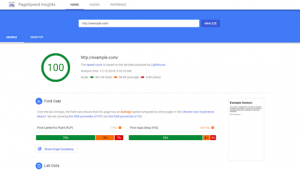
You can lead a horse to water, but you can’t make him drink.
The same can be said about content: you can create amazing content, but you can’t force your audience to read it. That’s why having a smart content strategy is absolutely essential when it comes to using your online content to attract new customers.
Here’s how you can lead your customers to your best content and keep them on your website longer.
Get an internal linking strategy
Good blog content has links to other content that your audience may find relevant to the topic you’re covering. You do this to provide value to your readers, but there’s also benefit for you. When you create what are called internal links, which just connect to other pages on your website or blog, you’re creating a spiderweb of content that will make visitors stick to you like trapped flies. Here are some tips to help you with your internal linking strategy.
- Set links to open in a new window: you don’t want to disrupt your blog readers from continuing to read the article your link is found in, so always set an internal link to open in a new window.
- Use descriptive words for the hyperlink: rather than saying “click here” and hyperlinking those words, use keywords or statistics (like “work to develop your link-building campaign”). That way, people know what to expect when clicking on those words.
- Make it easy to navigate: another purpose of internal links is to create a pathway for visitors to your site to get around. If you talk about CRM in a blog post and you sell CRM services, by all means, link to the product page for that! This will also cut down on the copy you have to include on a given page, because you can just link to another page for details.
- Focus on quality, not quantity: your goal here isn’t to connect every single page to every other page, but to provide useful and relevant connections between pages. Google likes this, and will punish you if you simply try to game the system with the former strategy.
Get an external linking strategy
Just as important as having internal links is having external links in your content. These will, of course, take visitors to sites other than yours, but linking to credible, well-respected content will not only make Google happy, but it will also strengthen your content.
The flip side to your external linking strategy beyond linking to other sites is getting other sites to link to you. Below, I give you some tips on doing just that.
- Stick to reputable, industry-specific websites: Google cares about the quality—as well as the subjects covered—on the sites you link to, so make sure they’re relevant to the topics you’re writing about, and that they have a decent amount of traffic (think: Forbes, not PodunkUSA).
- Use NoFollow links or sponsored content: let’s say someone pays you to publish a blog post on your site. They want that link back to their own site. That’s cool, but Google will have issue if you don’t use what’s called a nofollow link. Doing so essentially doesn’t give that site a “vote” from your own site, which is what Google wants if someone paid to place the link.
- Become a guest blogger to get links to your site: contributing well-written content on other blogs that target your audience is a great way to expand your reach, as well as get links back to your site.
- Always link to original sources: if you quote someone or use a statistic from another website, it’s important that you link to the original source.
A word on local SEO
If you’re trying to attract a local audience to your content in an effort to convert them to customers, internal and external linking can help with your SEO efforts. Just make sure to use your local city or community name in those internal hyperlinks.
Your content strategy starts with great content, to be sure. But to drive your customers to exactly the content you want them to find, make sure to implement your internal linking strategy. And to rank higher in SEO results, add external links to the equation.
Business & Finance Articles on Business 2 Community(51)
Report Post








